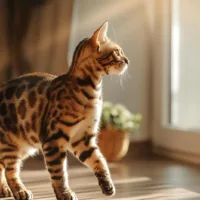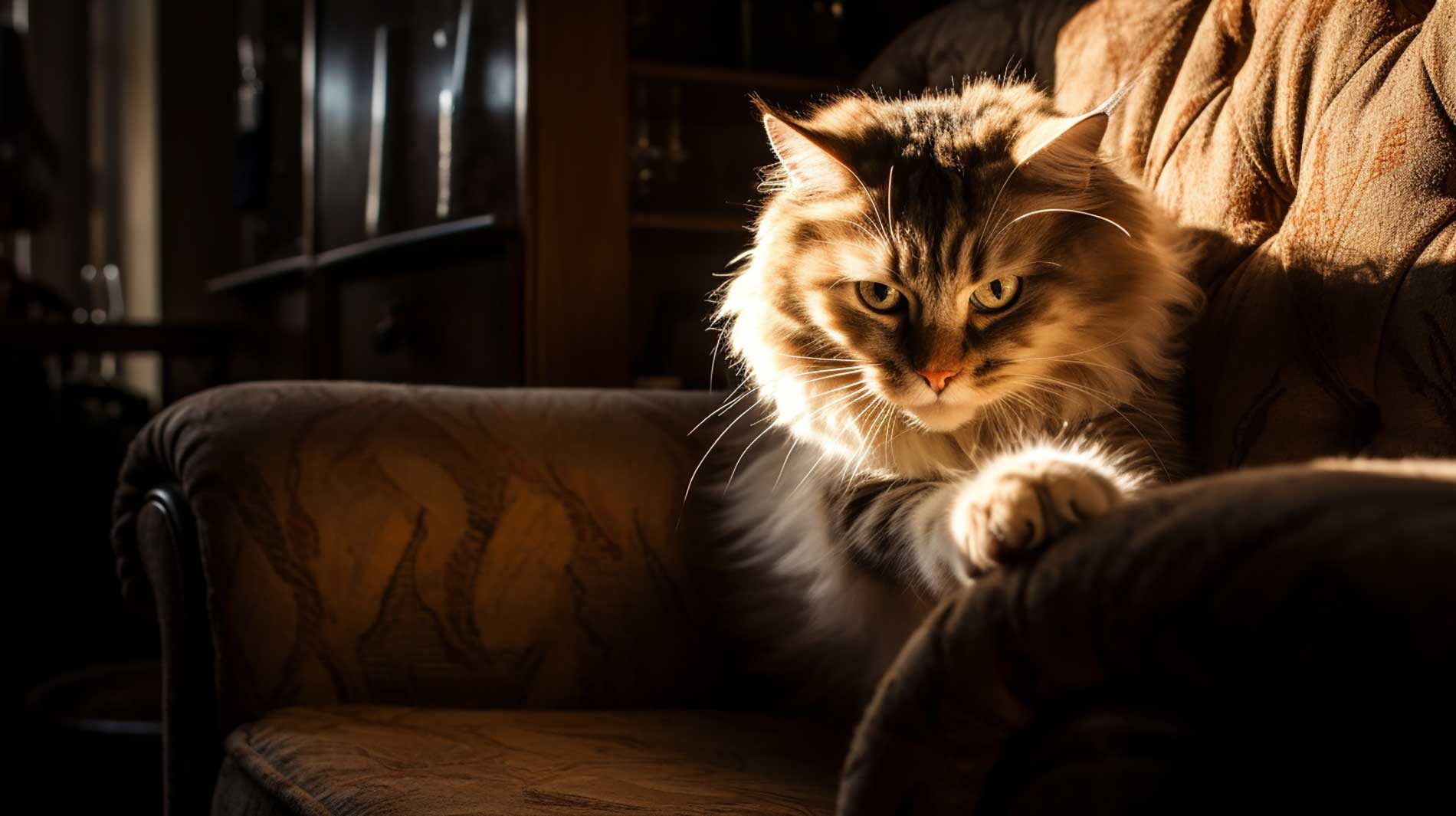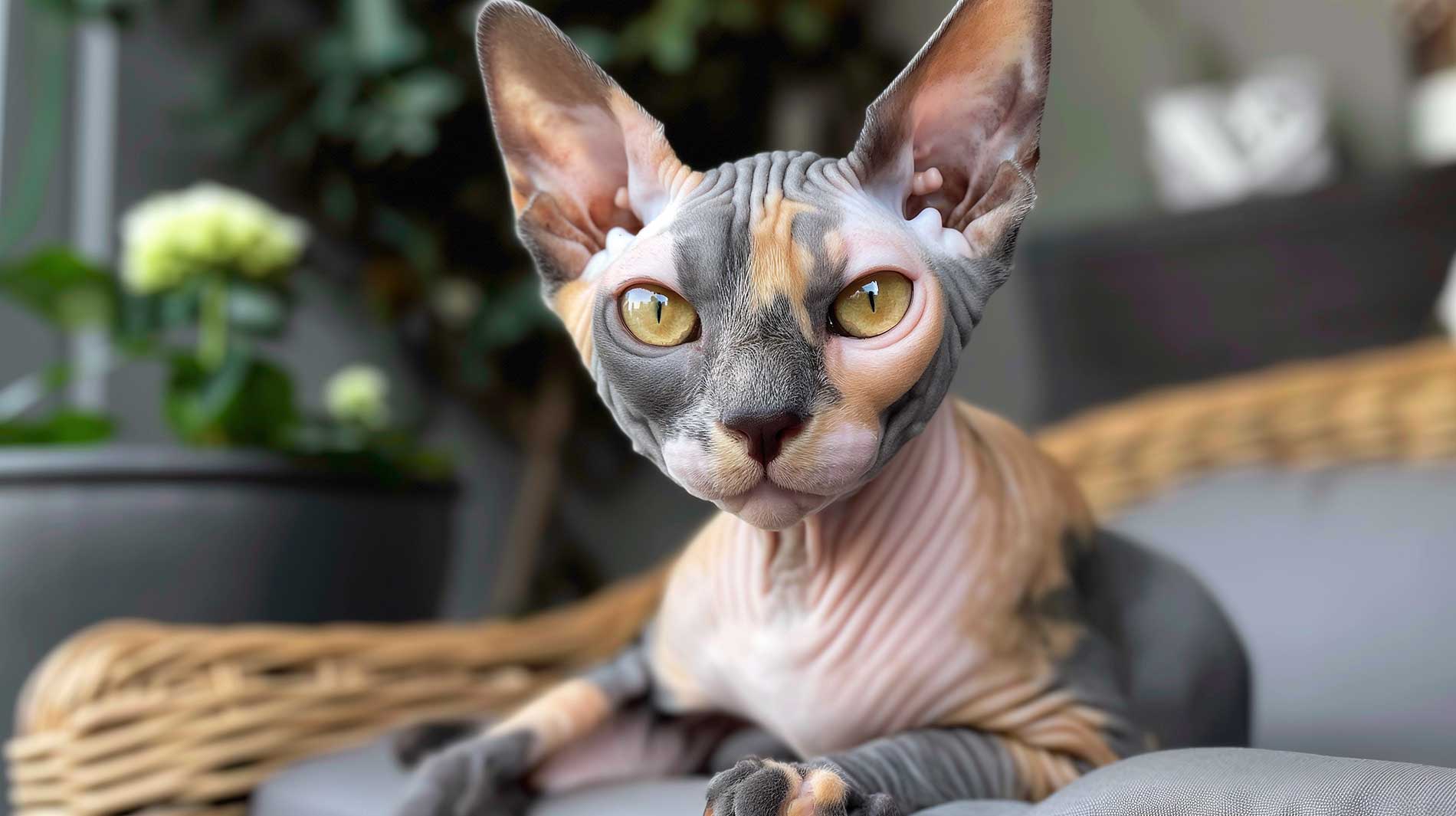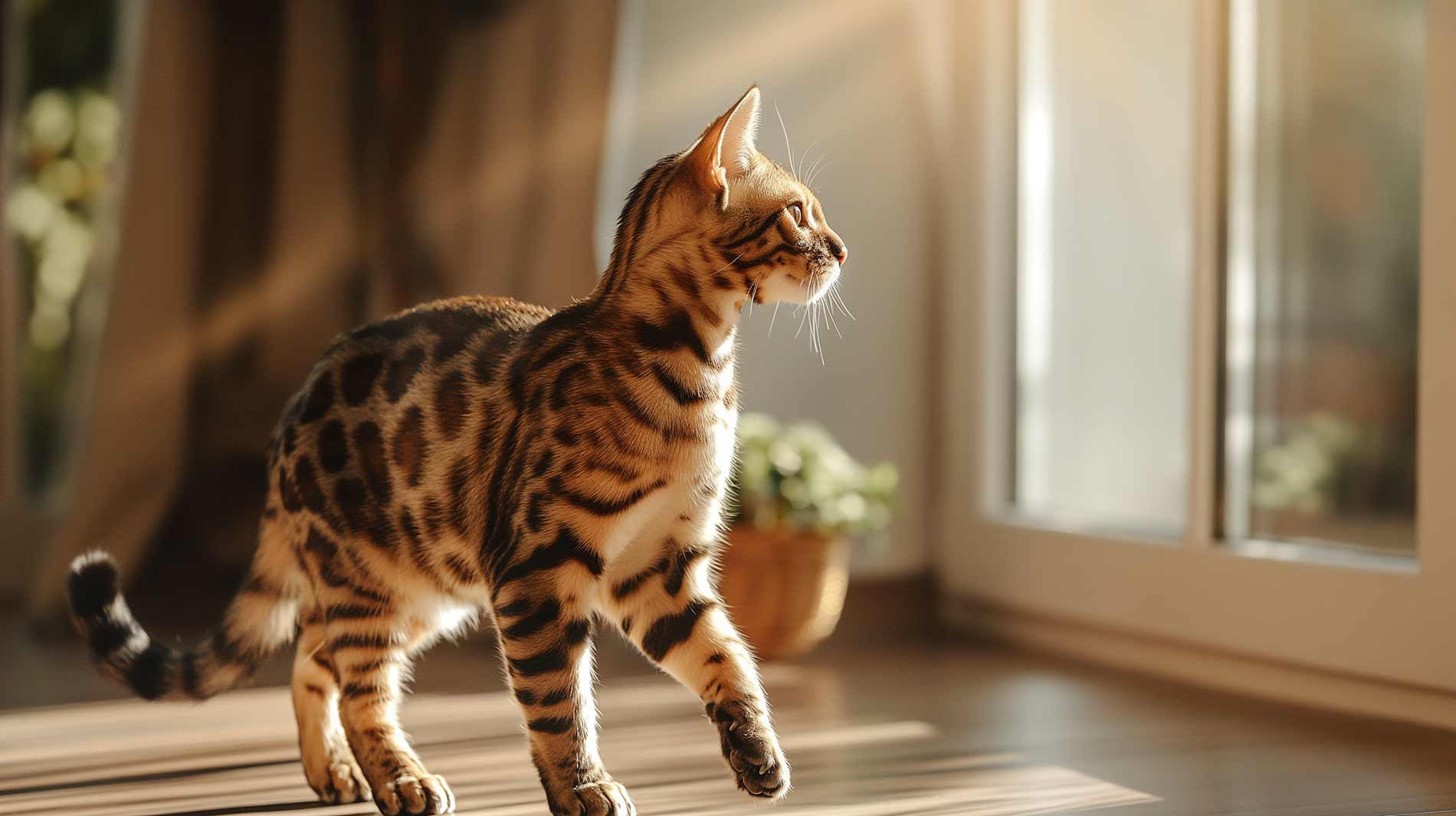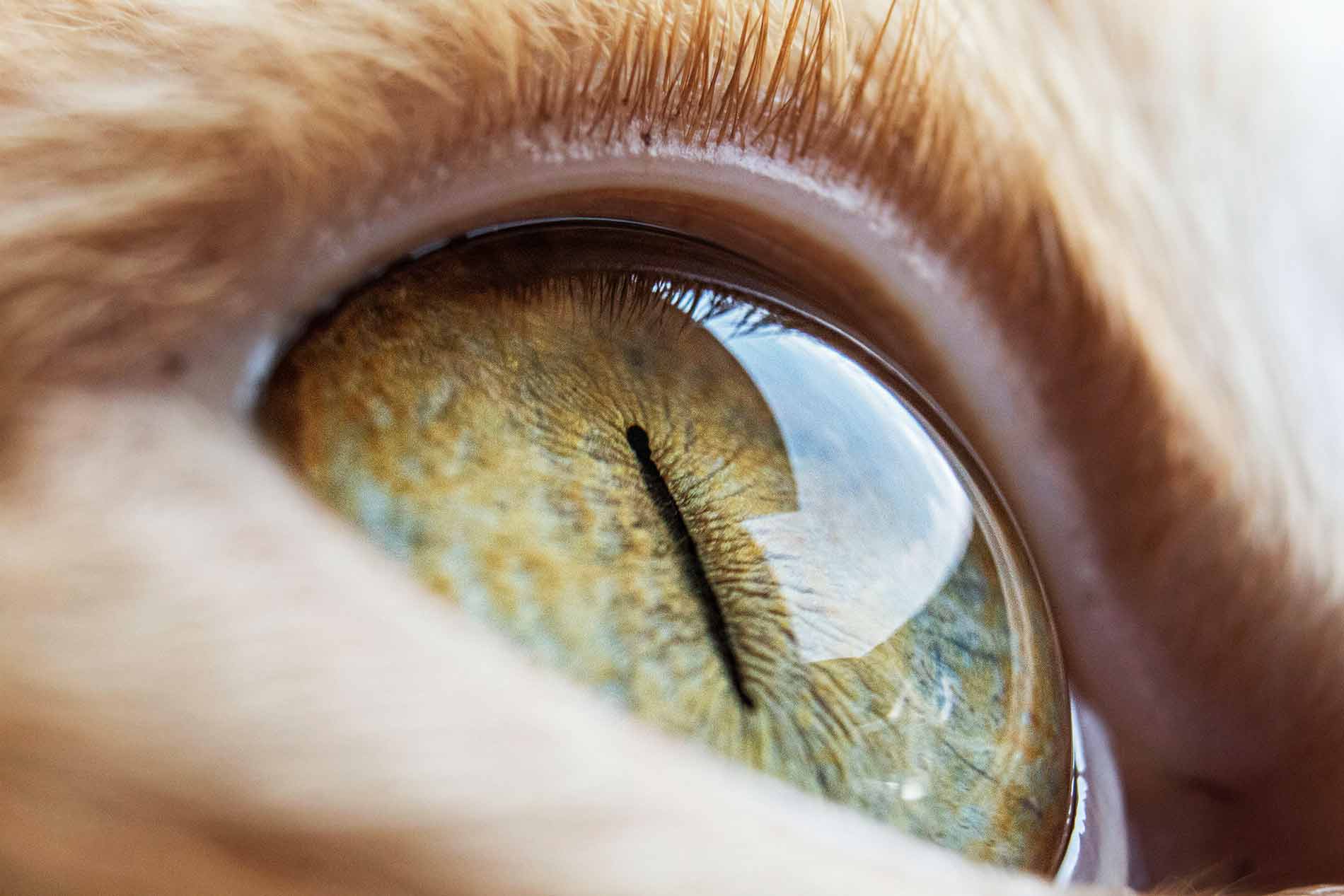Imagine for a moment that the first joint of your finger was taken away. Not a comfortable thought, right? Unfortunately, this discomfort is the stark reality of declawing, a procedure officially known as Onychectomy. It entails the surgical removal a cat’s initial toe bones and claws, usually done on the front paws, but also all four.

Turn685, CC BY 3.0, via Wikimedia Commons
The tools for the job? Surgical lasers, scalpel blades, or even guillotine-type nail shears. It sounds harsh, and that’s because it is. Let’s take a look at what scratch-free cats cost.
Surgically, it’s more than [just taking out the nail] because you have to take out the whole bit where the nail grows from. […] here in Europe where declawing is illegal. […] It’s regarded as being a mutilation of the animal.
John Bradshaw – animal behaviorist & author of “Cat Sense”
Pain and surgical complications
The cost of a cat that doesn’t scratch is not only pain but also the potential for surgical complications. If you’ve ever noticed a cat favoring a paw, moving gingerly, or exhibiting guarded postures, you’ve caught a glimpse of her suffering. Unfortunately, this means her pain must be excruciating as she hides discomfort and even pain as part of her instincts. A review of over 160 onychectomies from 1985 to 1992 showed that around one-third of the cats had hemorrhaging (persistent bleeding), around one-fourth showed lameness, swelling or non-weight-bearing after the surgery. Every fifth cat had developed “complications” after arriving back home, especially reopening of surgical incisions, infections, and regrowth.1
In another study cats who were declawed were also at increased risk for back-pain and barbering (overgrooming). Incredibly, some cats can experience pain and lameness for months after the procedure, and in rare instances, the latter could potentially become a permanent issue.1,2 There’s a notion that declawing should be done when cats are young, as older cats tend to face more challenges post-surgery. However, it’s important to note that the consensus is that declawing provides no benefit for average, healthy felines.
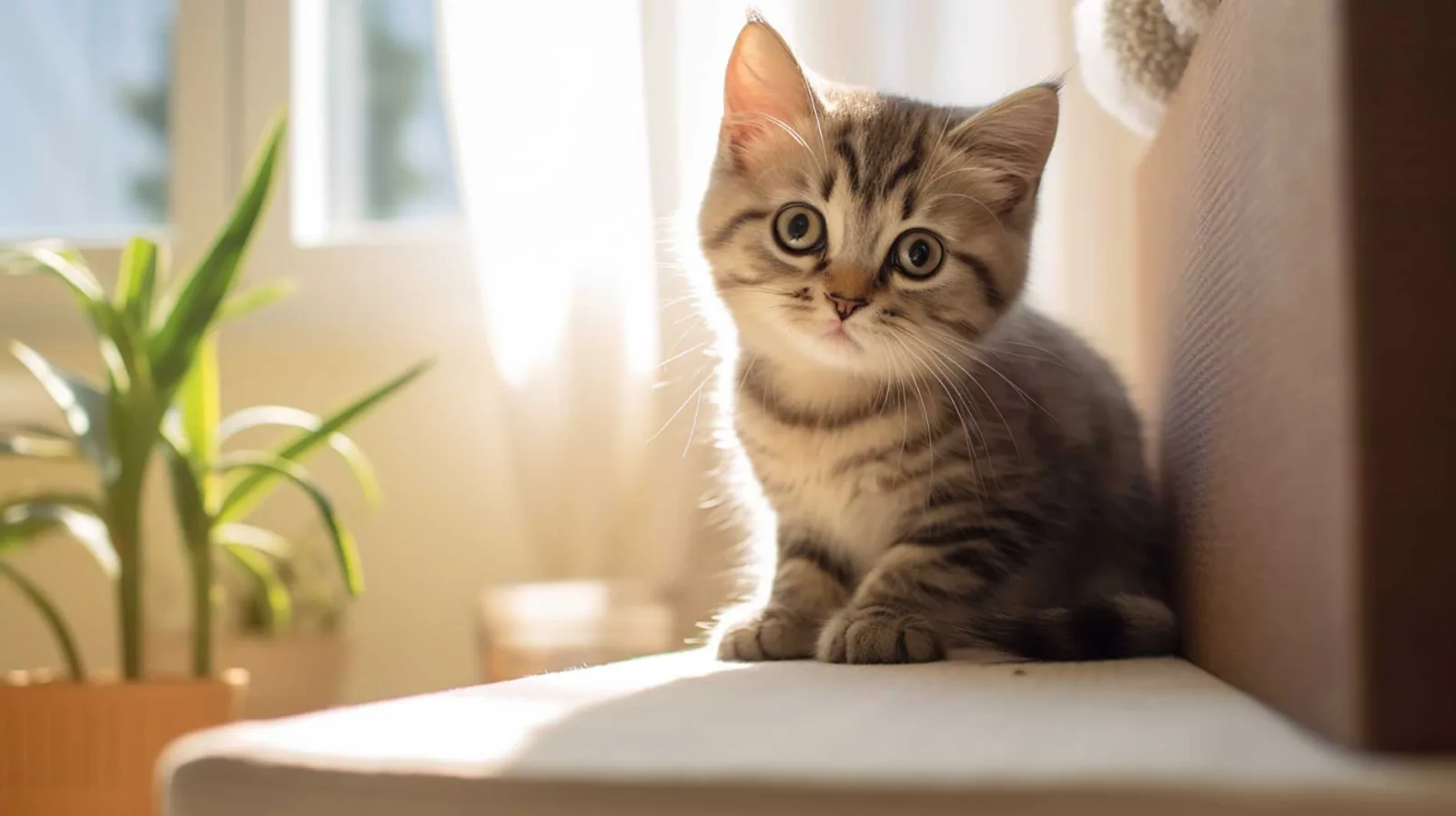
Emotional toll and behavioral implications
The story of declawing doesn’t end with physical pain; it messes with your cat’s emotions as well. Scratching isn’t just a quirk – it’s a fundamental aspect of feline behavior. It helps them:
- To stretch their muscles
- To maintain their claws (by splitting the outer sheath so it can grow)
- To communicate with others via the pheromones from the scent glands between their toes (some cat behaviorists believe the cat communicates happiness)
- To leave their scent to make their territory smell like home, and find comfort.3
Now, imagine if something so essential to your well-being was taken away.
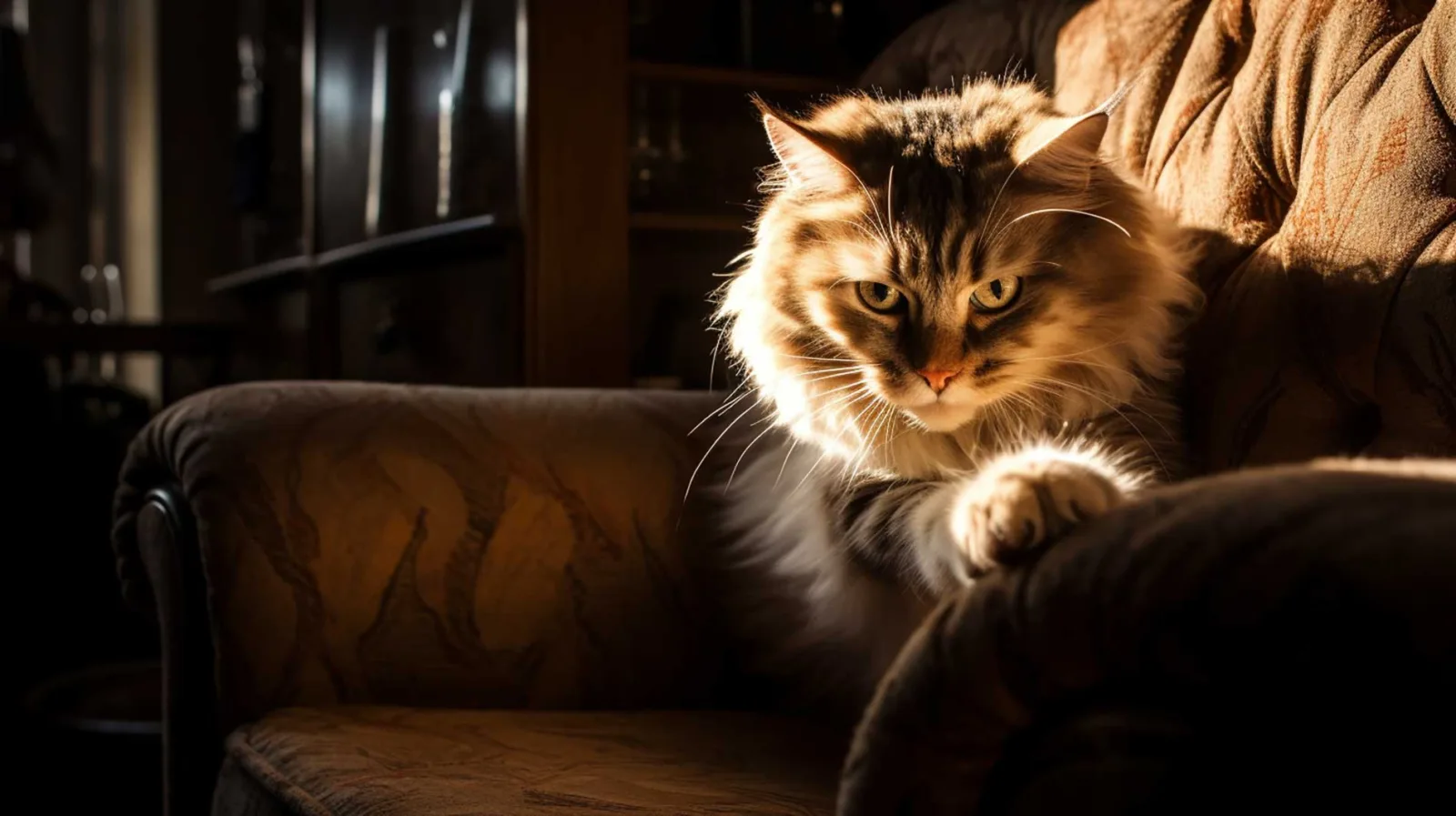
Declawing can lead to lasting behavioral changes. Studies conflict on the net increase in problem behaviors, but evidence shows that declawing can exacerbate aggression and biting, and cause inappropriate elimination due to pain when walking on cat litter.1,4 The study indicated that even with optimal surgical technique, the risk of adverse behavior remained.2 So, instead of resolving one problem, owners inadvertently introduce several new ones that could ultimately lead to abandoning their cat. This stems from a lack of understanding about how the amputation of the first joints in each paw can leave cats not only physically but also emotionally harmed.
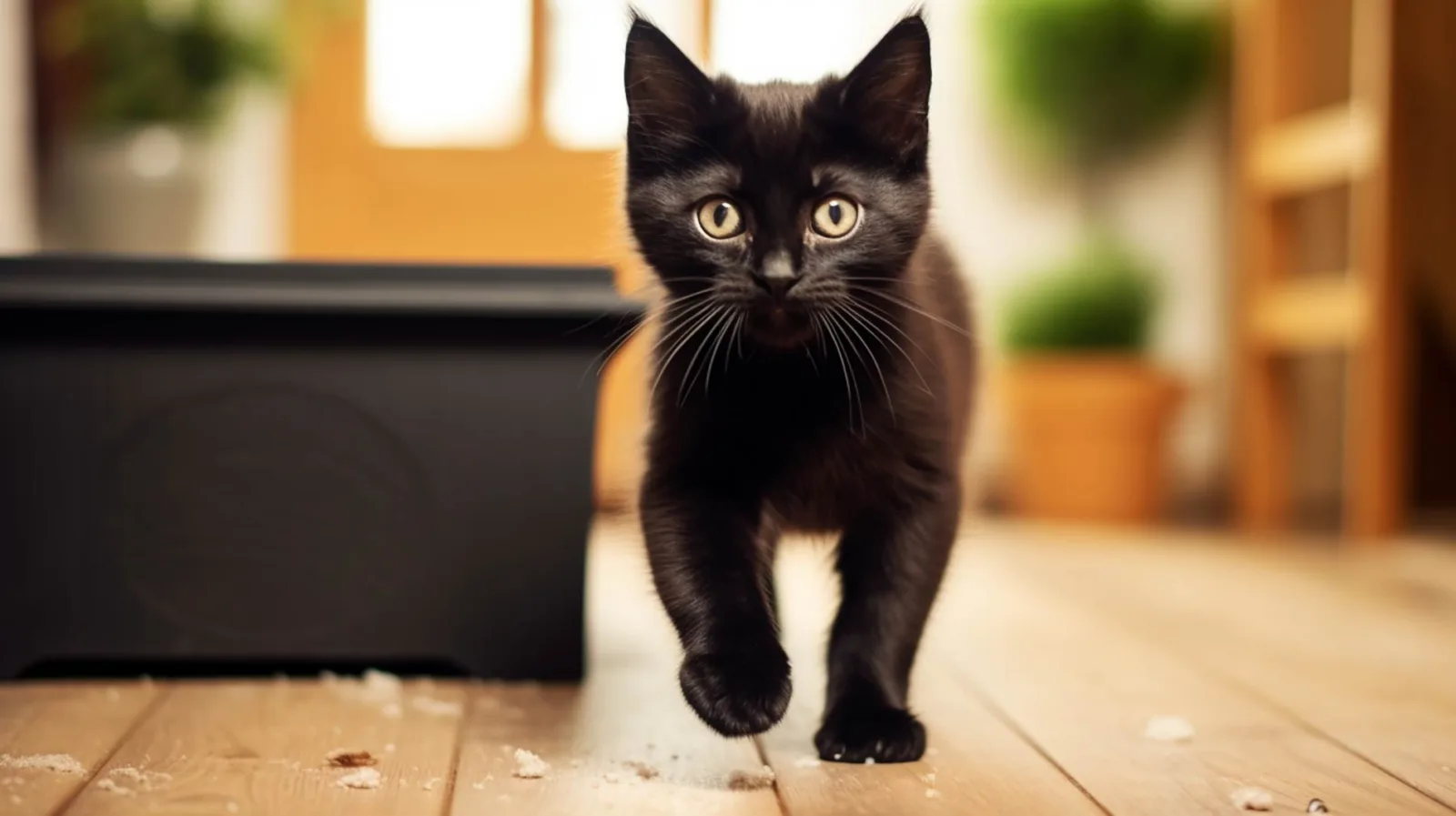
Declawing across the globe
Internationally, the condemnation of declawing echoes across borders. Both the Cat Fancier’s Association (CFA) and the Canadian Cat Association (CCA-AFC) forbid the showing of declawed cats. While state-level legislation in the United States aims to limit or criminalize declawing, advocacy against this practice is a growing movement. The CFA’s prohibition reflects a larger shift in perspective, aligning with the belief that the well-being of our feline companions should not come at the cost of surgical alteration. Countries like the United Kingdom have altogether prohibited declawing, except for therapeutic purposes. The European Convention for the Protection of Pet Animals also prohibits declawing for non-curative purposes. This reflects a broader understanding that declawing compromises the well-being of cats and is not a suitable solution.
Exploring alternatives to declawing
So, what alternatives exist to ensure a harmonious coexistence with our feline companions? It’s essential to recognize that declawing isn’t the right path. Here are effective alternatives:
- Understanding your cat’s natural scratching behavior
- Providing appropriate scratching posts
- Need to be tall enough for your cat to be able to stretch out completely
- Sturdiness is a must – kitty must be able to safely lean against it
- They should be vertical and wrapped in a sisal-type material
- Place one next to your cat’s entry and exit points, i.e. the back door/cat flap
- Place one next to her preferred sleeping place
- Practicing positive reinforcement with scratching furniture like scratching posts
- De-stress your cat with pheromones, i.e. Feliway
- Boost your cat’s confidence with extra play time
- Carefully trim her nails (let your vet show you first!)5
By shifting our perspective and nurturing an environment that embraces our furbabies’ instincts, we can promote their well-being without resorting to declawing.
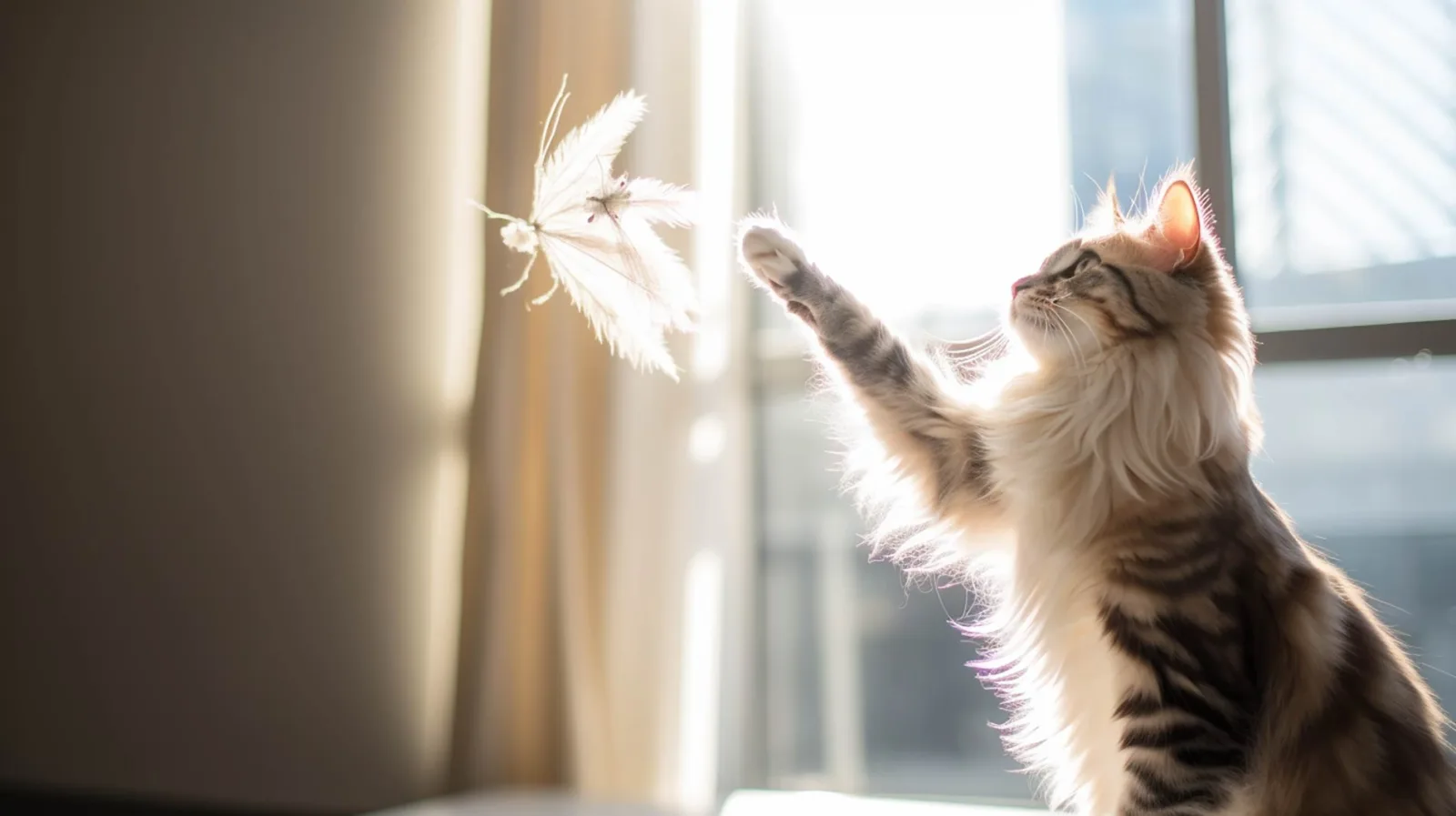
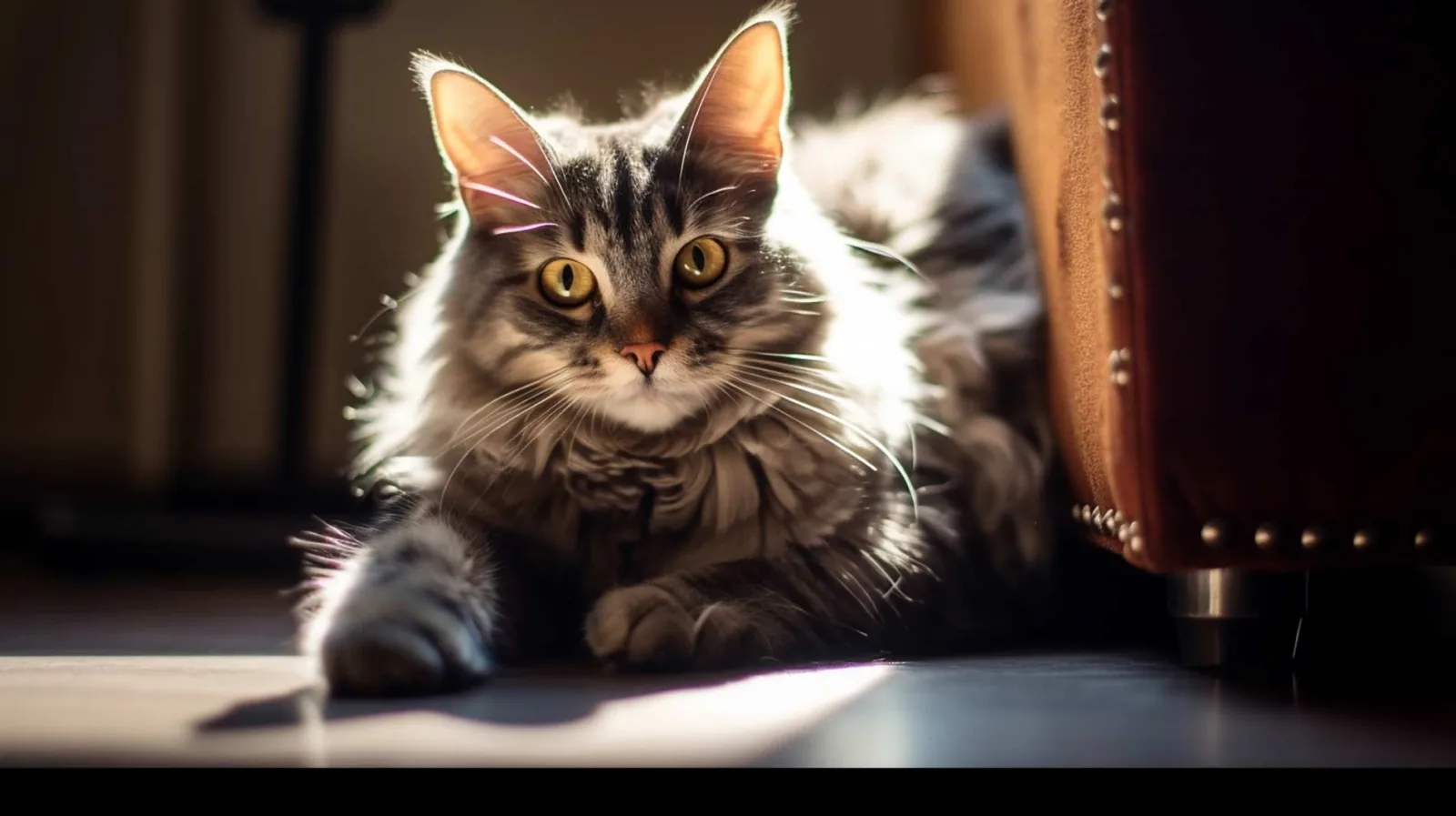
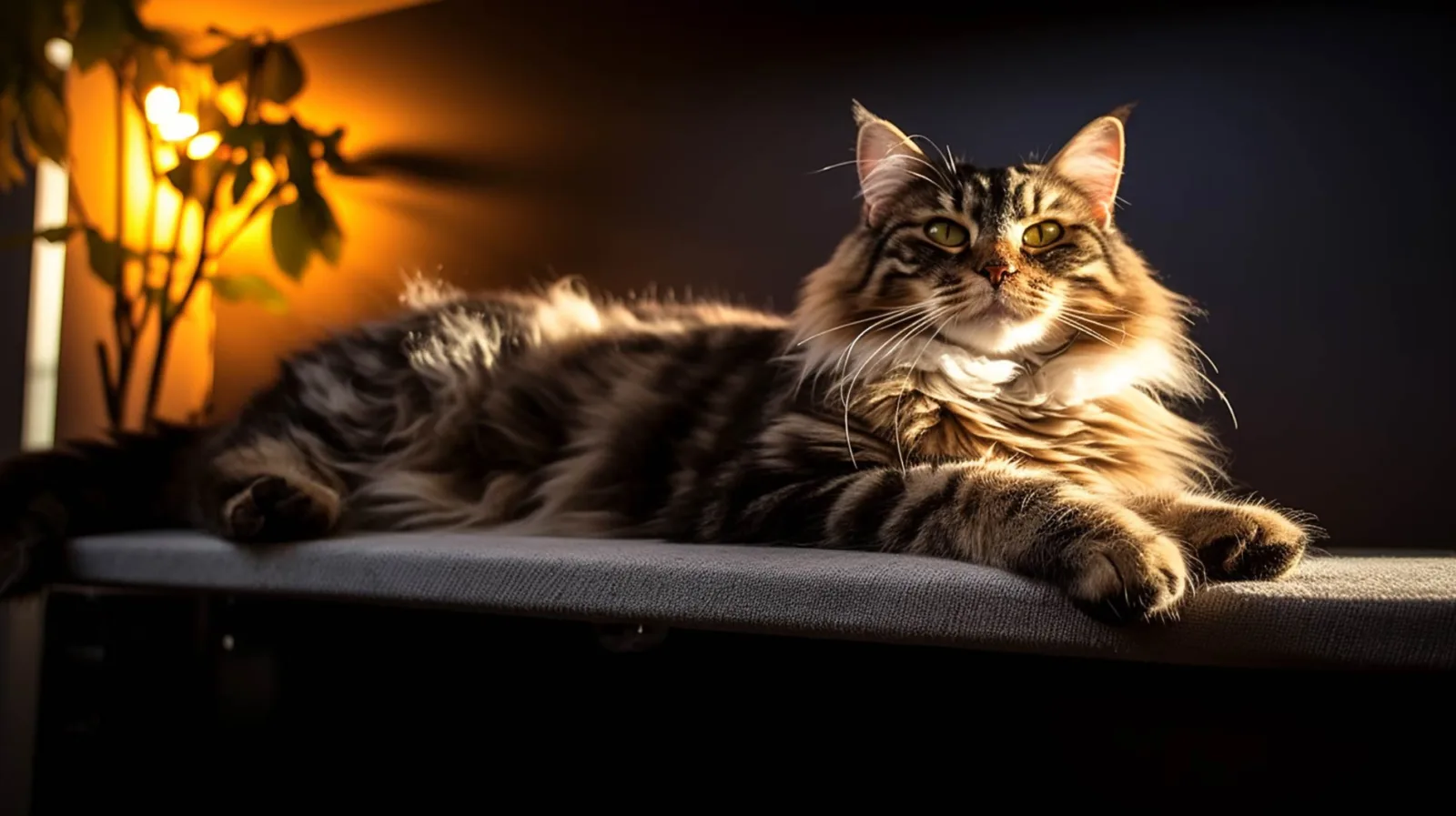
Amidst this ongoing discourse, the resounding message is clear: Declawing your cat is unquestionably a bad idea. As responsible caretakers, it falls upon us to absorb the scientific evidence, grasp the emotional toll, and consider the global stance. By aligning our efforts, we can collectively champion the cause for the humane treatment of our beloved cats and refrain from making the detrimental choice of declawing.
Help spread the word about the hazards of declawing cats by sharing this post with others. Thank you for standing up for our feline friends and advocating for compassionate alternatives. Every step away from declawing is a leap towards a more humane world for cats.

